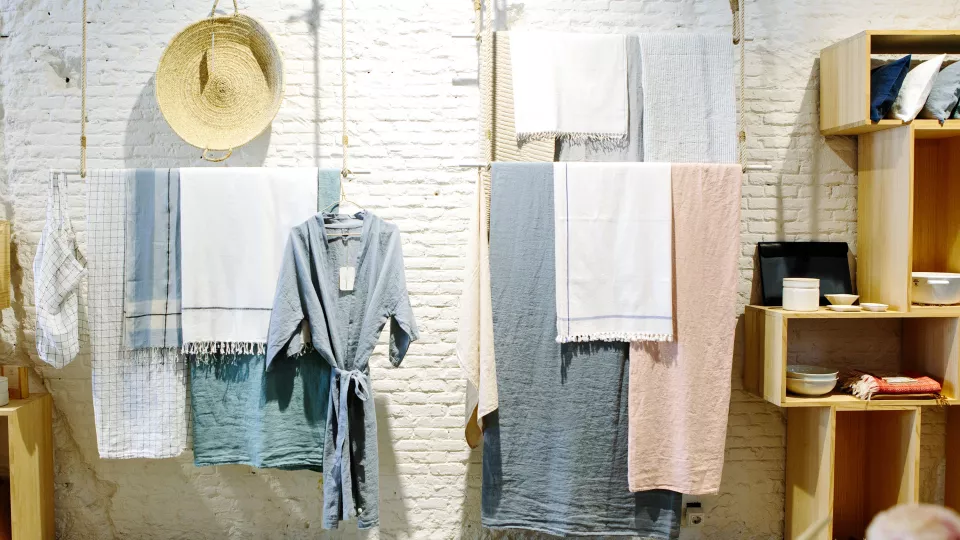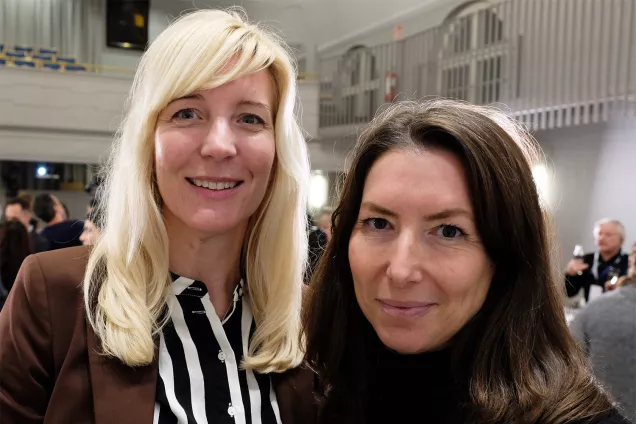“In one of our recent reports, we call it 'Retail as unusual.' There is no longer a normal state in trade, no 'Business as usual.' Everything has become more uncertain,” says Carys Egan-Wyer, senior lecturer in Marketing at Lund University School of Economics and Management (LUSEM)
She is the deputy director of the Centre for Retail Research, together with, among others, Emma Samsioe. The Centre is a collaborative platform shared between LUSEM, LTH, and Campus Helsingborg. This year, the centre celebrates ten years of excellence in retail research.
Carys Egan-Wyer and Emma Samsioe have, together with Kristina Bäckström, been editors of the recently published anthology The Future of Consumption. The book highlights three megatrends in retail.
“Technology, sustainability, and consumer well-being are in focus. The starting point was topics that we researchers at the centre have discussed with the industry at various seminars in recent years. But we also have contributions from the USA and Australia, so there is an interesting breadth of material,” says Emma Samsioe, associate senior lecturer in Service Management at the Faculty of Social Sciences at Lund University.
Retail trends
Emma Samsioe emphasises that the topics they address in the book are forward-looking, but also that the trends already affect trade and retail research today. The texts in the book range from buying happiness to overproduction and the future of the physical store in the digital age.
“We have long studied how digitalisation affects retail. But some things that were news ten years ago are standard now, such as being able to pick up your orders in parcel lockers,” says Carys Egan-Wyer.
“Customer experience has always been important in retail research and will continue to be important,” adds Emma Samsioe.
Much changed during the pandemic
According to the two researchers, the pandemic put focus on mental and physical well-being in regards to consumption. Much changed during the pandemic, not least in how many researchers were able to conduct their research. Methods needed to be adapted, and some projects shifted focus when researchers could no longer go to a physical store and interview customers.
“In some cases, we had to adjust and highlight new relevant things, such as how pandemic restrictions affected physical stores. Rapid adjustments allowed us to capture some important data on that. However, there were probably many in the public who thought that the pandemic would be an opportunity for society and consumers to rethink and change our attitude towards consumption. But we are probably not there yet, at least not today,” says Carys Egan-Wyer.
“Much light was also shed on the global distribution chain, and it has remained in focus with all the geopolitical unrest in the world. The tones about globalisation and retail have changed. They were more positive ten years ago,” Carys Egan-Wyer concludes.
The Future of Consumption is published with financial support from the Hakon Swenson Foundation and the libraries at Lund University. It’s free for all to download.
The Future of Consumption – download the book via Springer.com

